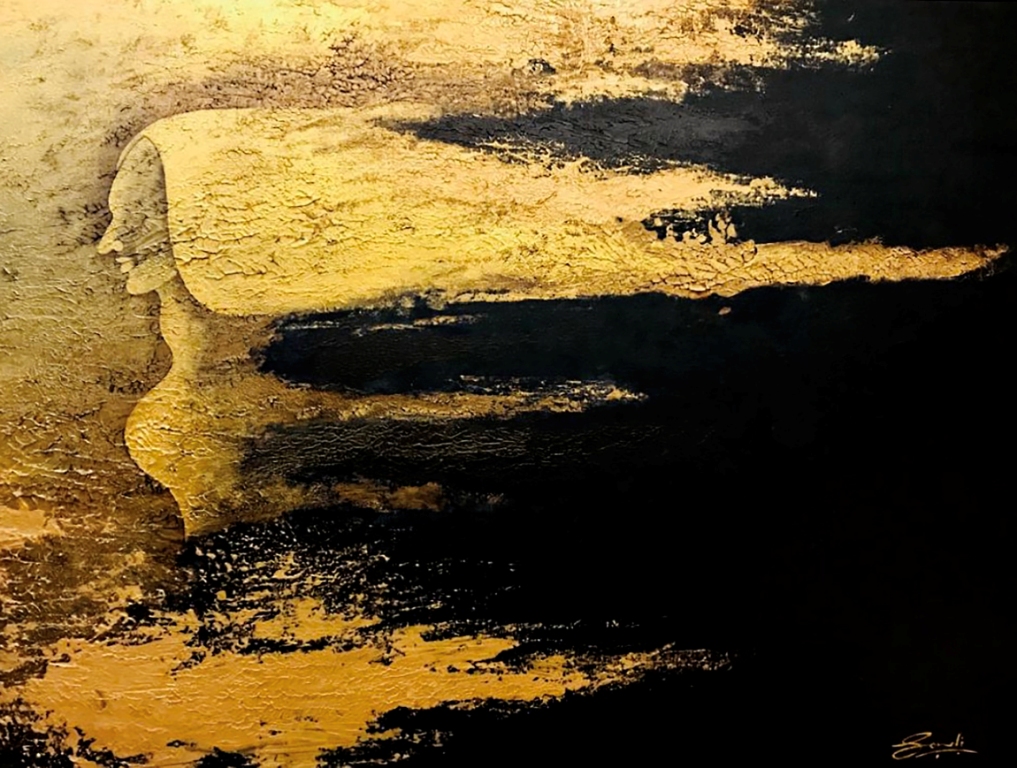Practice of Displaying Dolls and Figurines During Navaratri
An Interview with Rohini Sen and Eshwar Naidu
Lina Vincent Sunish
"Lina Vincent interviews young collectors Rohini Sen and Eshwar Naidu on the practice of displaying dolls and figurines during Navarathri in honour of the Goddess. Reflecting on life in its entirety, the sometimes complex doll-arrangements symbolically represent a mingling of past, present and future, bringing together the divine and earthly on the same platform, and proposing a balance between humans and the (ir) universe."
LV: What is the significance of the Gollu or arrangement of dolls during the Navarathri festival?
Rs: GolluBommai (Thamizh) or Gombe Habba (Kannada) is a festival of dolls during the nine days of navarathri which is followed in the southern states of Tamil Nadu, Karnataka and Andhra Pradesh. For many people the festival begins with a Kalasa Avahanam and thereafter the dolls are arranged in a certain hierarchy on 9 steps wherein deities are placed on the uppermost step and dolls on lower steps. The significance of the doll festival varies slightly between communities. For some it is about celebrating the union of male and female energy while others believe it is the invocation of Devi and Her divine presence. It is also a joyous occasion for family gatherings around Dussehra.
For both of us as antiques and craft collectors it is an occasion to share our collection with visitors and family and tell the stories of how these dolls came into our possession. We source dolls through the year and sometimes even travel to places such as Nagercoil and madurai to meet artists and commission specific sets of dolls. The nine days of Navratri is like a culmination of a whole year of planning and envisioning. As an artist I always feel that this festival rejuvenates my creativity and there is something about the energy contained in our dolls that is extremely inspiring. For us the significance of this yearly festival is all about appreciating the creativity of the artists who made/make our gollu dolls.
This year our doll festival has a special personal dedication to Toto, our beloved canine whom we lost earlier this year. During his presence in our lives our collection grew very rapidly.
As we prepare for this year, we remember his travels with us to Nagercoil as we finalized our orders for Gollu 2017.
LV: When did your collection begin; could you share some interesting anecdotes about the origin of some of the pieces?
Rs: Eshwar began collecting vintage cars at the age of 16 when he restored a 1935 Plymouth. Classic cars arewhere it all began. As an artist and arts educator I have always enjoyed learning about the diverse handicraft traditions from different parts of India and the handmade has always been given pride of place. The idea of ‘play’ has also been of particular interest to me. It was when I moved to madurai to join Eshwar in 2014 (the year of our marriage) that the collection of dolls and toys began. For this we are grateful to the madurai meenakshi Amman Temple where we first saw an elaborate Gollu display and the people of madurai who shared so much about their traditions and culture with us. When we began collecting, the two showcases at home were sufficient. Then before we knew it the numbers ran in to a thousand and counting, which is when we adopted this idea of the doll festival because it was an opportunity to display all the dolls locked away in our lofts for at least nine days. I say ‘adopted’ because the tradition has not been formerly followed by either of our families, it was our time in madurai that made us fall in love with this tradition. When we moved to Trivandrum in 2015, our doll festival allowed us to meet new people as we keep it open for visitors. Through our dolls we were able to learn about other’s personal connections to dolls as an intrinsic part of their own childhood.
Often the way a doll set enters our collection is special. Since we prefer not to buy from commercial shops unless we spot something spectacular, human relationships are integral to our buying experiences. One such unusual story is about our ‘Kal Azhagar Athu’ set which depicts Lord Azhagar, meenakshi Amman’s brother on horseback coming with a procession to attend His sister’s wedding in madurai. While finishing mundane shopping errands in Brahmins’ Colony in Trivandrum, Eshwar spotted a lone shop that looked like it had a few gollu dolls. We entered the shop to find nothing enticing but a persistent Eshwar requested the proprietor if we could look at his godown to which he consented. On the way up to the dusty godown I tumbled on what looked like a retired carton. On instinct we opened it to find what would become one of the most fascinating sets of our collection. We knew that serendipity played a part in the series of events so that we could take our Azhagar home, convinced that this Azhagar was
waiting to adorn the home of this madurai loving couple! We now have a team who source dolls for us and execute some of our almost impossible demands. We have also made friends with several doll maker families over the years.




